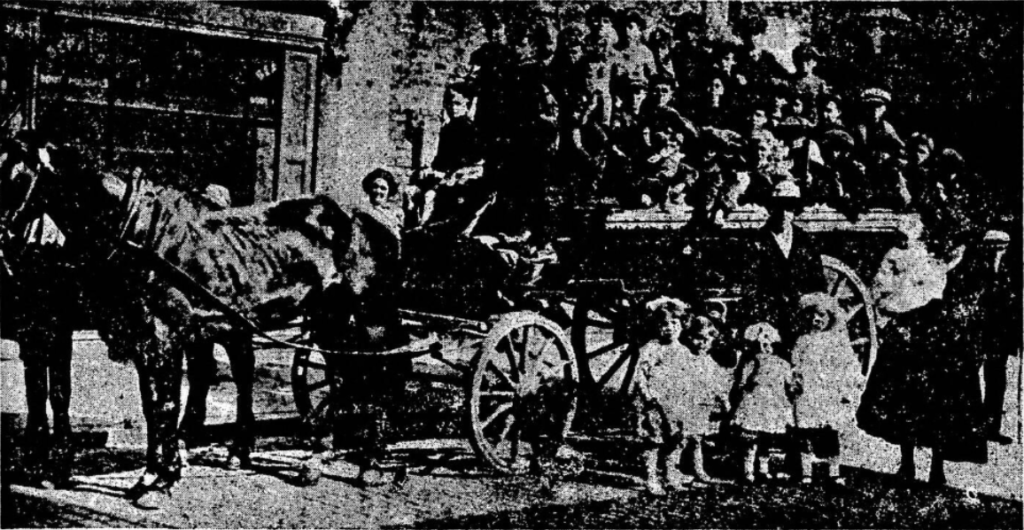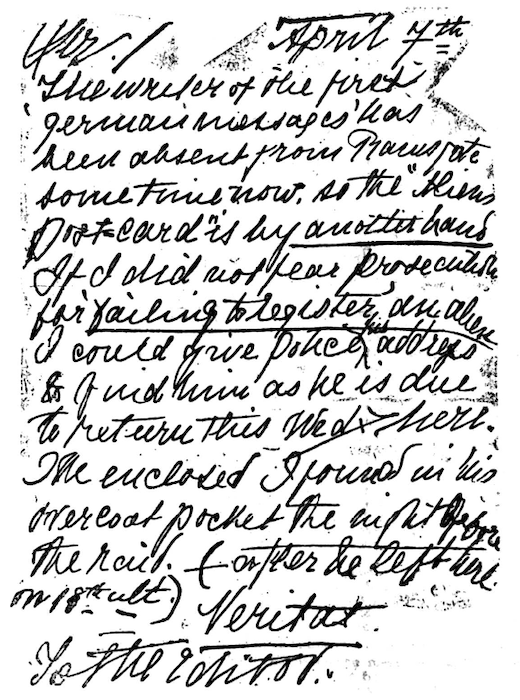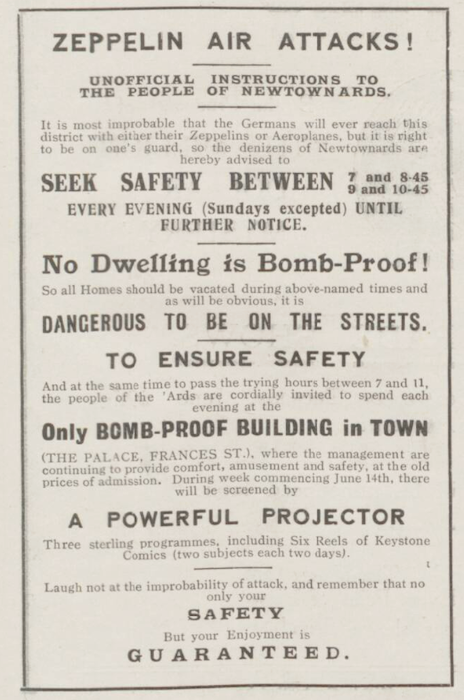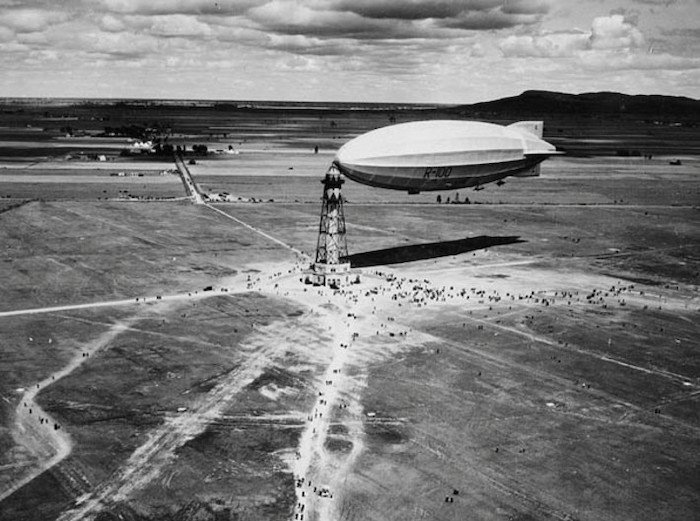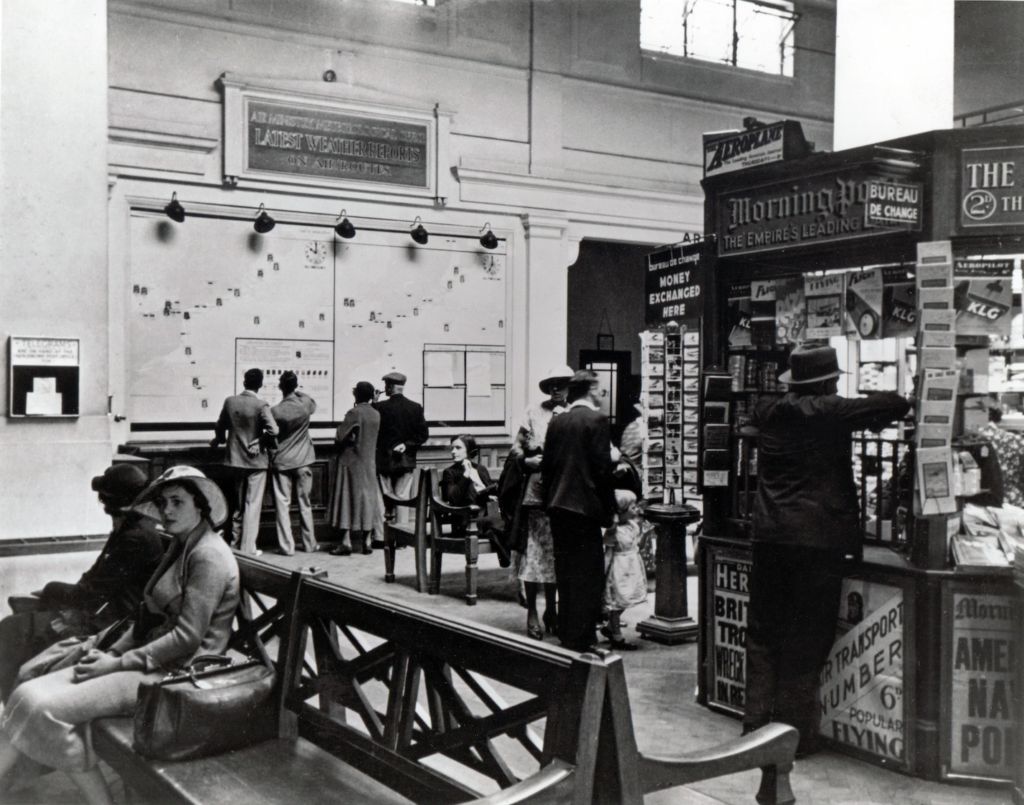Spooked
One of the fun things about historical research is finding something when you’re not looking for it. Alan Murdie, in his regular ‘Ghostwatch’ column in a recent Fortean Times, wrote the following: At Folkstone [sic], in 1917, candles in an air-raid shelter were mysteriously extinguished amid other poltergeist events. Natural gas from strata was blamed.1 […]


